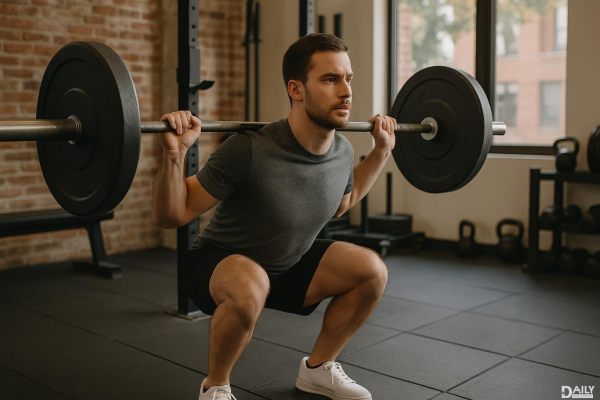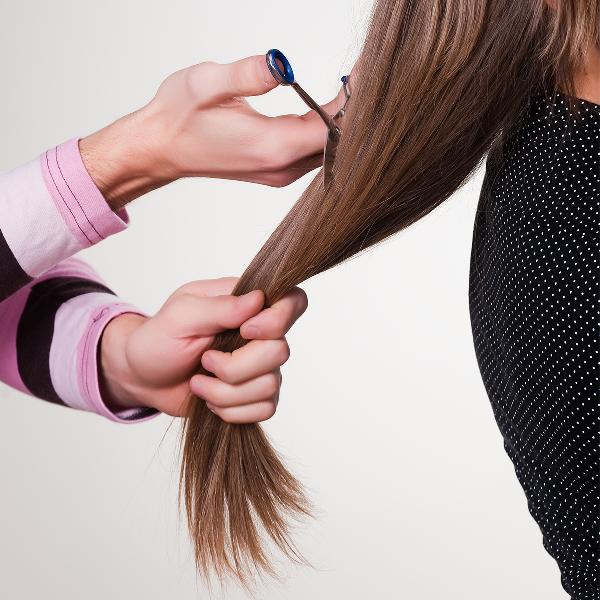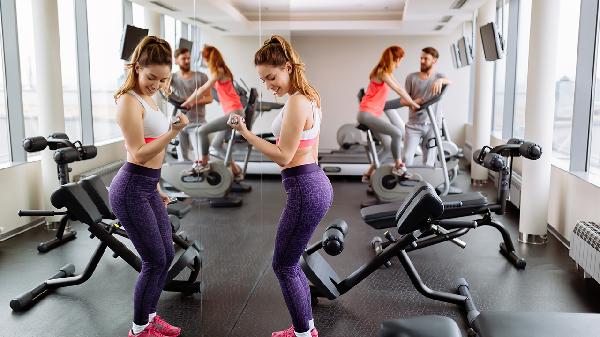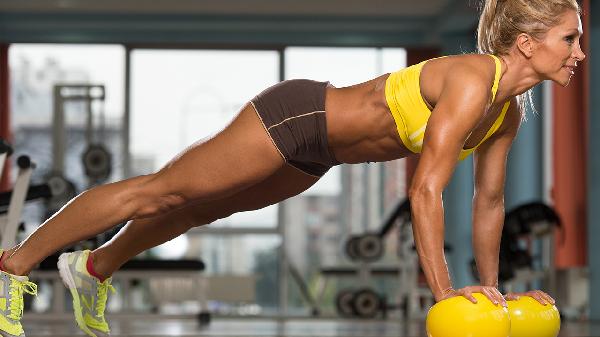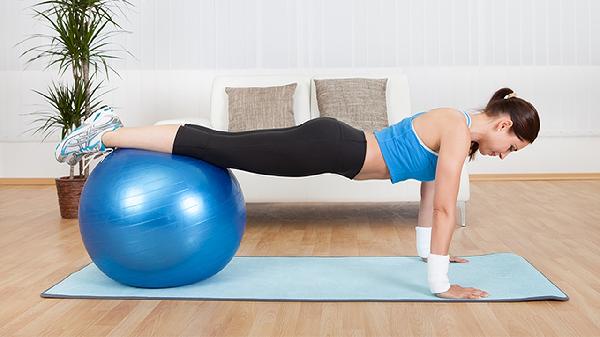Want to bench alone but worried about safety? You're not alone—literally. Plenty of lifters prefer solo sessions, whether it's for convenience, focus, or just avoiding the gym crowd. The good news? You can absolutely bench press safely without a spotter if you follow the right precautions. Let’s break down how to crush your chest day solo without ending up pinned under the bar.
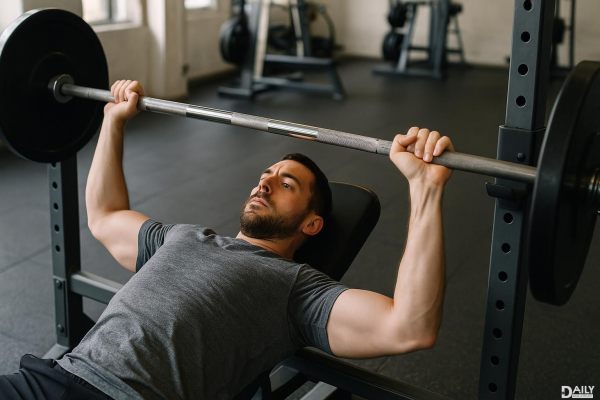
First things first: set up your bench inside a power rack or squat rack with safety bars. These adjustable bars are your best friend when benching alone—they’ll catch the barbell if you fail a rep, preventing a disaster. Position them just below the lowest point your barbell travels during your press (test this with an empty bar first). Most gyms have these racks, but if yours doesn’t, seriously consider switching gyms or investing in a home setup. No safety bars? That’s like texting while driving—just don’t do it.
Even with safety bars, knowing the "roll of shame" is essential. If you get stuck mid-rep, tilt the bar to one side so the plates slide off (one side at a time), then roll the bar down your body to your hips and sit up. Sounds dramatic, but it beats choking. Practice this with light weights first—yes, you’ll feel silly, but it’s way better than learning it mid-failure with 185 lbs on your chest. Pro tip: wear a tight shirt to minimize bar-to-skin friction. Trust us on this one.
Those little collar clips that keep plates from sliding? Leave them off when benching solo. If you fail a rep, you’ll need to tilt the bar to dump the plates (see: roll of shame). Clips turn a manageable bailout into a nightmare scenario where the bar stays glued to your sternum. The only exception? If you’re using bumper plates on a platform, but that’s more for Olympic lifting than bench press. Otherwise, let those plates roam free—it’s not worth the risk.
If your gym’s racks are always occupied or you’re just not feeling the barbell, dumbbells are a killer solo-friendly option. They’re safer because you can ditch them to the sides if you fail, and they activate more stabilizer muscles. Start lighter than you think—balancing two independent weights is harder than it looks. Bonus: dumbbells force each side to work equally, so no more cheating with your dominant arm. Your uneven gym bro tan lines will thank you.
When lifting without a spotter, your rep speed is your built-in alarm system. If the bar starts moving slower than DMV line, stop the set—even if you technically could grind out one more rep. That last rep is where most failures happen, and without a spotter, you’re playing Russian roulette with your sternum. Use the "two-rep rule": always leave two reps in the tank during solo sessions. Your max can wait for a spotter day.
No rack? No problem. The floor press—benching while lying on the floor—is a great workaround. Your elbows hit the ground at the bottom, acting as a natural stopping point. It’s harder to overload (in a good way), and if you fail, you’re already on the floor. Plus, it builds explosive lockout strength. Just mind your knuckles when reracking; the floor isn’t as forgiving as J-hooks.
Solo benching requires honest programming. Save the 1RM attempts for when you’ve got a spotter. Instead, focus on volume work (5x5, 3x8) at 70-85% of your max. This builds strength safely while minimizing failure risk. If you must test heavy, use small jumps (5-10 lbs) and stop at the first sign of significant slowdown. Your Instagram followers might not be impressed, but your future self will high-five you.
Benching alone isn’t just possible—it can be smart training. With these tricks, you’ll build chest muscles, not ER stories. Just remember: safety first, ego last. Now go forth and press responsibly, you beautiful lone wolf.

